Reference question: understanding constant current source circuit
With respect to the linked question, I am seeing a variation in the load current as I change the voltage \$V_2\$ to and fro from \$10 V\$ to \$20 V\$. Is it expected or am I operating the device in it's undefined region?


